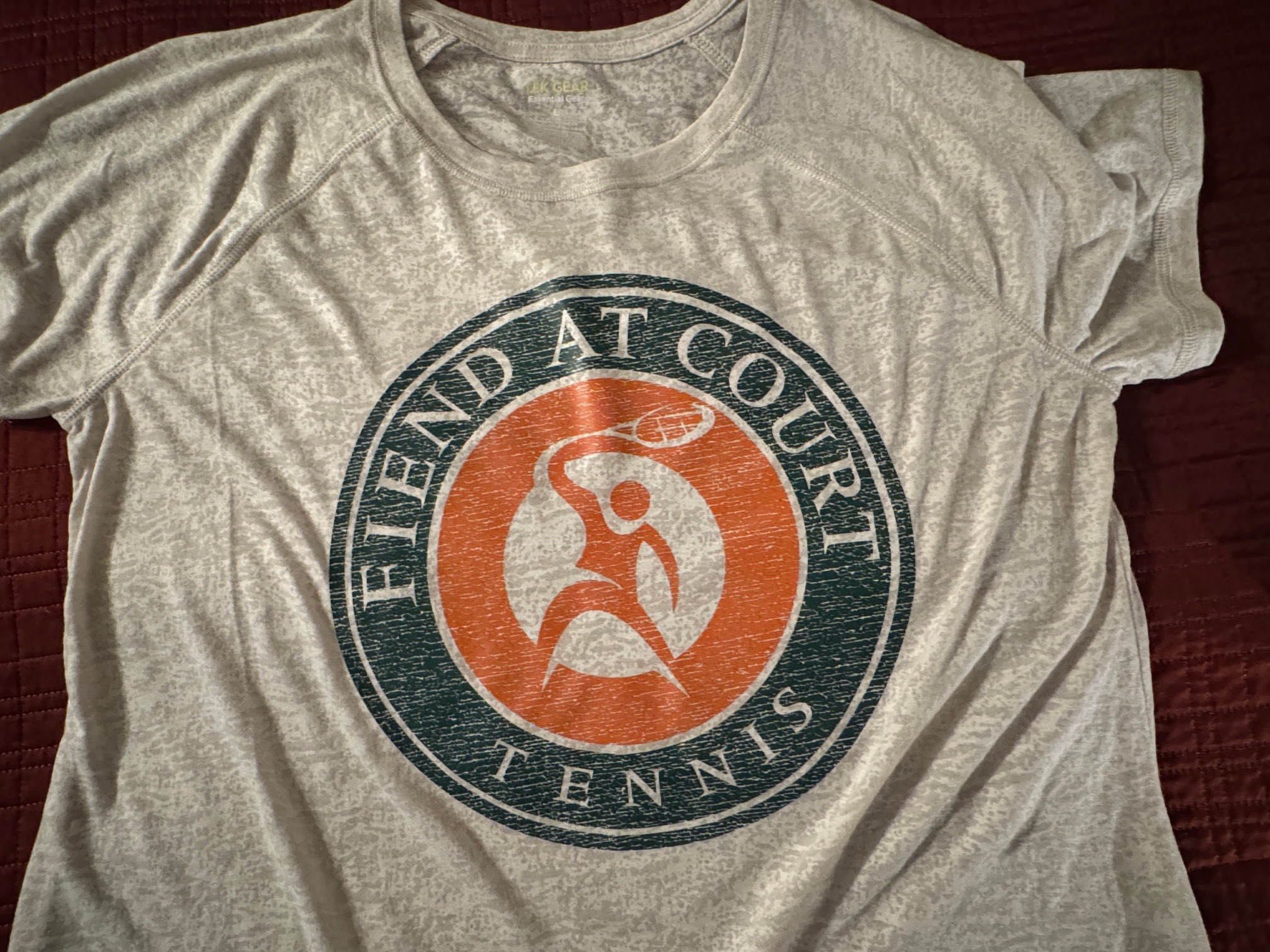Following the Cotton Bowl adult tennis tournament in 2022, I wrote a blog post about a communications disconnect between the tournament director and players who needed to withdraw from an event. “Leveraging Technology for Tennis Tournaments” observed the inherent inefficiencies of using email or phone calls when a player can no longer continue. This creates a manual workload for the tournament director, who must look up and contact impacted players. That wasn’t happening in the tournament that year, which caused several players to show up at their site only to receive an apparent no-show default. Worse, at least one player received suspension points despite notifying the tournament director well before their initial match time. That penalty was ultimately reversed based on the evidence of the email they sent.
That original post suggested that it was time to go “all in” to leverage the new technology platform to streamline tournament functions that have historically been a manual process. The specific suggestion was to implement a mechanism in the USTA digital platform to enable players to directly withdraw from tournaments. There is no reason why a player withdrawal couldn’t kick off an automated workflow to notify the tournament director, inform the player’s opponent, and update the draw online.
Of course, the devil is always in the details. It would probably be advisable to implement the feature as a two-stage process. A withdrawal could be initiated from the digital platform via a menu or dialog button for a player to indicate they are dropping out. A confirmation stage should follow for security and to thwart “fat finger” errors. The withdrawing player could select if they want a confirmation link sent via text or email to finalize their withdrawal.
Additionally, I have recently become aware of some junior tournaments that are filling their maximum draw sizes and maintaining a list of alternates who can be substituted into the draw should a player drop out before the tournament begins. While that is a complication that would require the withdrawal process to understand the state of the competition and potentially take different actions at different times, it demonstrates the opportunity to use technology to improve efficiency.
Recently, a junior player in my close orbit was contacted at 5:30 in the evening for potential insertion into a draw with a 9:00 match time the next morning. He declined because it would have essentially involved an overnight drive to get there, which isn’t particularly conducive to playing well. However, we have no idea how long the withdrawal that created the opening sat in the tournament director’s inbox before the alternate player was notified. Had the opportunity to play come in 4-5 hours earlier, he probably would have made the mad dash to the tournament to play.
While the original communication gaps at the 2022 Cotton Bowl largely occurred before the tournament began, the 2024 edition highlighted another wrinkle that illustrates the need for this feature. The temperatures were unseasonably warm for a tournament where conditions are typically described as a “windswept frozen tundra.” While the warmer weather makes for more pleasant playing conditions, it also resulted in early morning fog that made for damp courts that just wouldn’t dry. The tournament was forced to move many late-round matches to a Monday, which was an officially published date for the tournament but one that had no matches scheduled when the draws were initially released.
In other words, many players suddenly found themselves with tournament matches on a day when they were likely expecting to return to work or other life commitments. Additionally, that final Monday started like all the others, with a lengthy fog delay in the morning. That meant that at the precise time when the tournament director was having to reschedule matches for the day, his email inbox was also filling up with player withdrawals that he needed to process. I know that if I were a tournament director in that situation, I would want each withdrawal to automatically flow into the draws and for automatic notifications to be sent to the other impacted players.
When I wrote the original post outlining the automated withdrawal idea, one of the established USTA strategic initiatives was to “Build and optimize best-in-class digital infrastructure.” I hope and assume that it is still one of the primary objectives of the organization. This idea is an example of a small change that could be implemented within the digital infrastructure that would improve the experience of both players and tournament organizers. It is an easy opportunity to make an enduring positive impact.



